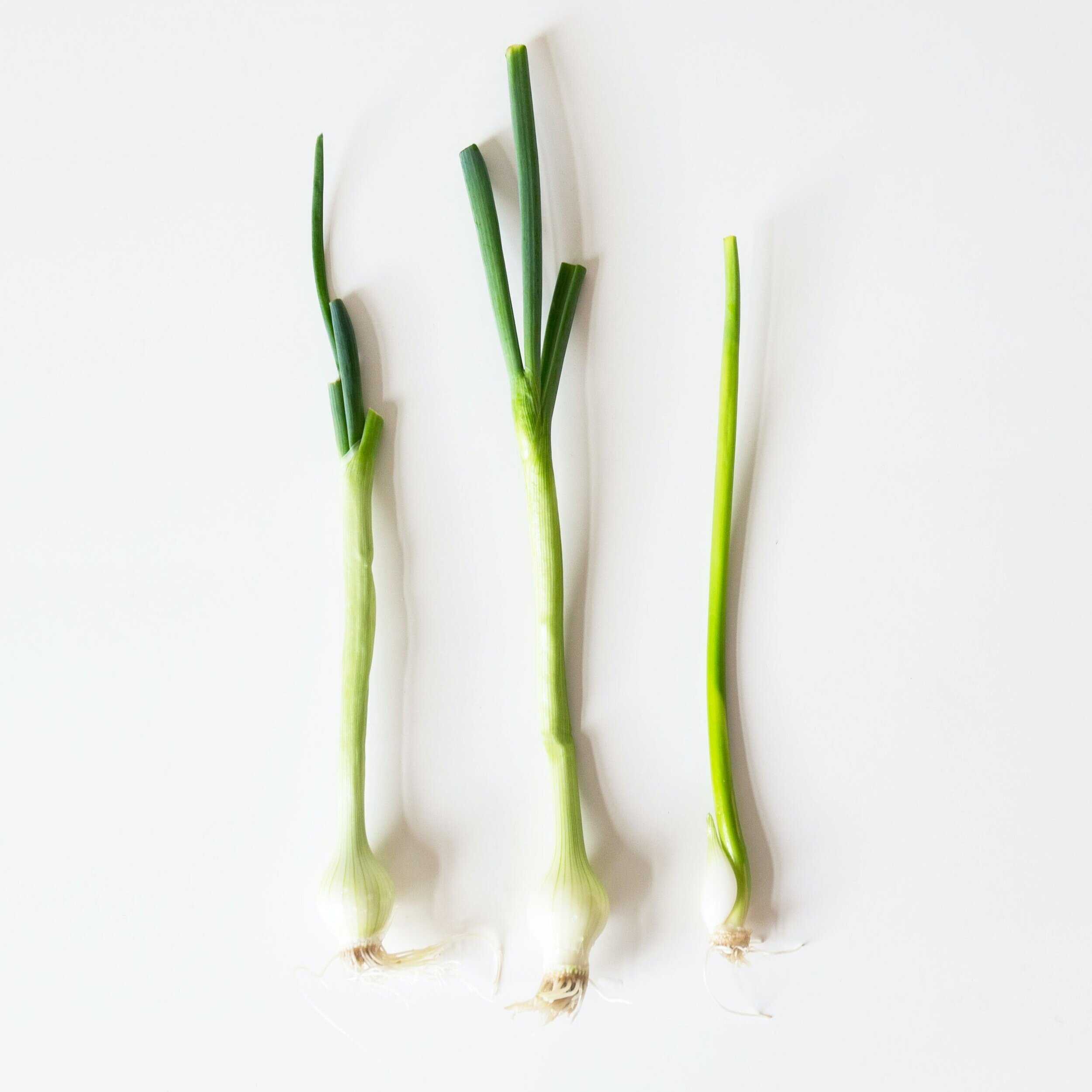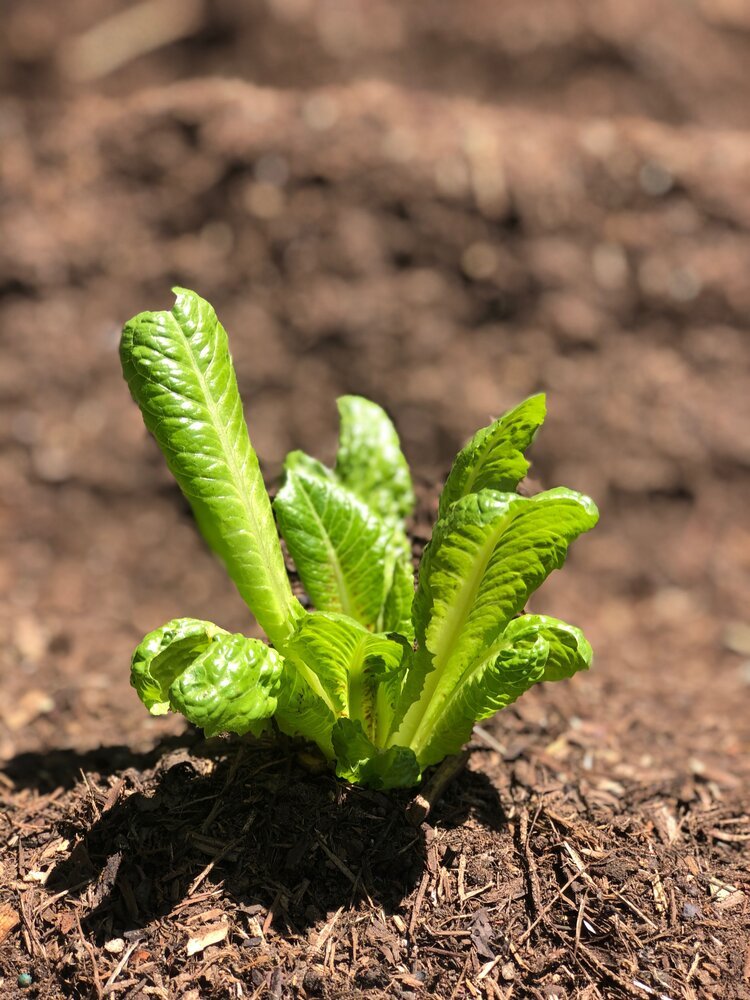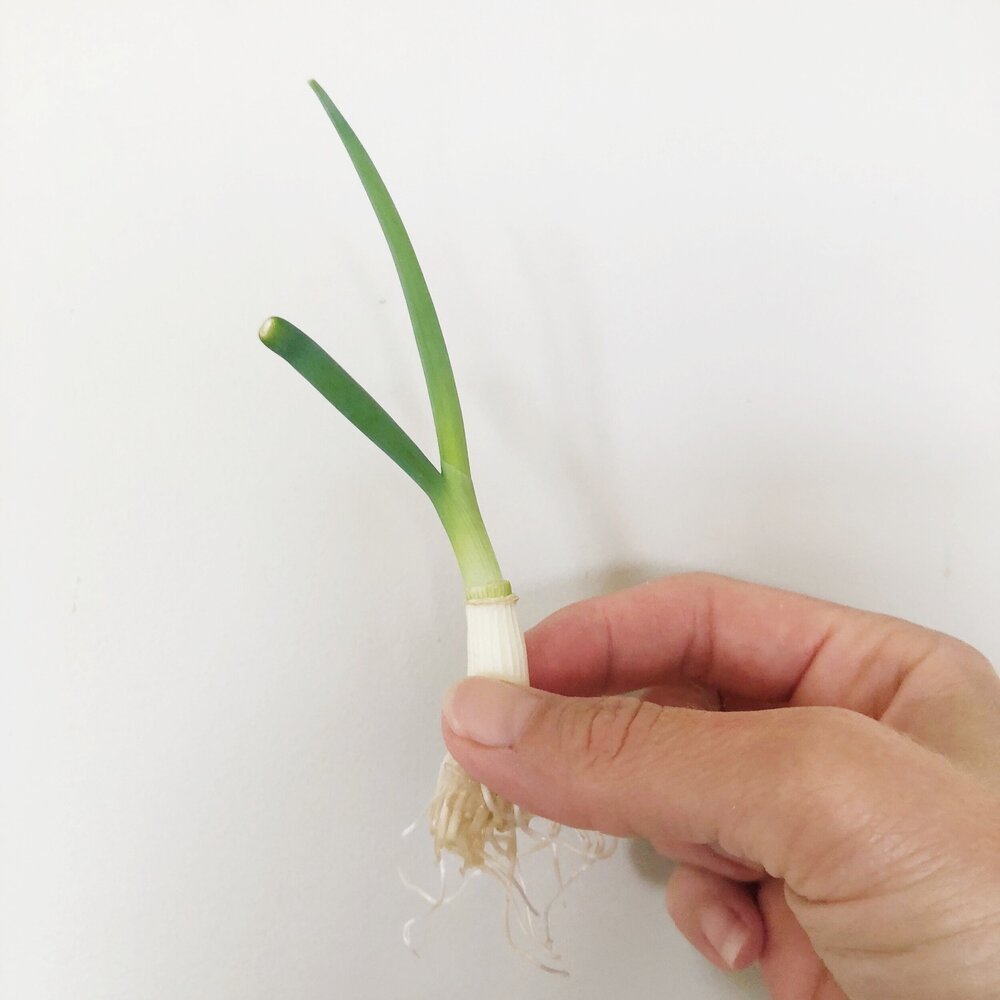Regrow Veggies From Scraps
How and Why to Regrow Veggies From Scraps
Have you tried regrowing veggies from your food scraps? Ends and stems do not need to be thrown out. They can be reused to regrow more veggies. You can do this with romaine lettuce, green onion, cabbage, celery, and more…
Why is reducing food waste necessary?
“Food waste contributes to 4.4 gigatons of carbon dioxide equivalent into the atmosphere each year — roughly 8% of total anthropogenic greenhouse gas emissions.1" The average household in the U.S. produces 650 lbs of organic trash a year, but the majority of it is sent to the landfill. In this sense, the word organic does not refer to how your food was grown. It means anything capable of decay. Food waste makes up the largest percentage of landfill waste at 21.9%2. You would think your thrown-out food would break down in the landfill. However, landfills are anaerobic (there’s no oxygen) meaning organic matter (such as food) doesn’t break down as you’d expect. Instead, it decomposes anaerobically. This produces methane gas, a greenhouse gas 30x more powerful than CO2. When we keep food waste out of the landfill, we’re actively fighting climate change.
Instructions
1. Cut a head of romaine or cabbage about 1 inch from the bottom. For the green onion, cut the leaves off and leave the 1/2-1 inch bulb and roots at the base.
2. Place the base in a shallow cup with water, leaving the top part out of the water.
3. Put on a sunny windowsill.
4. Change the water once a day.
5. Watch your veggies grow!
For the lettuce and cabbage, it will reach about as big as they will get on days 10-12 if you’re just going to grow in water indoors. It won’t be as big as the original romaine/cabbage but if you have 2-3 going, it will be enough for a lunchtime salad. We planted ours in the dirt on Day 8 and it’s still growing.
Regrowing romaine lettuce | in pictures
day 1
day 3
day 8
Regrowing green onion | in pictures
day 1
day 16






